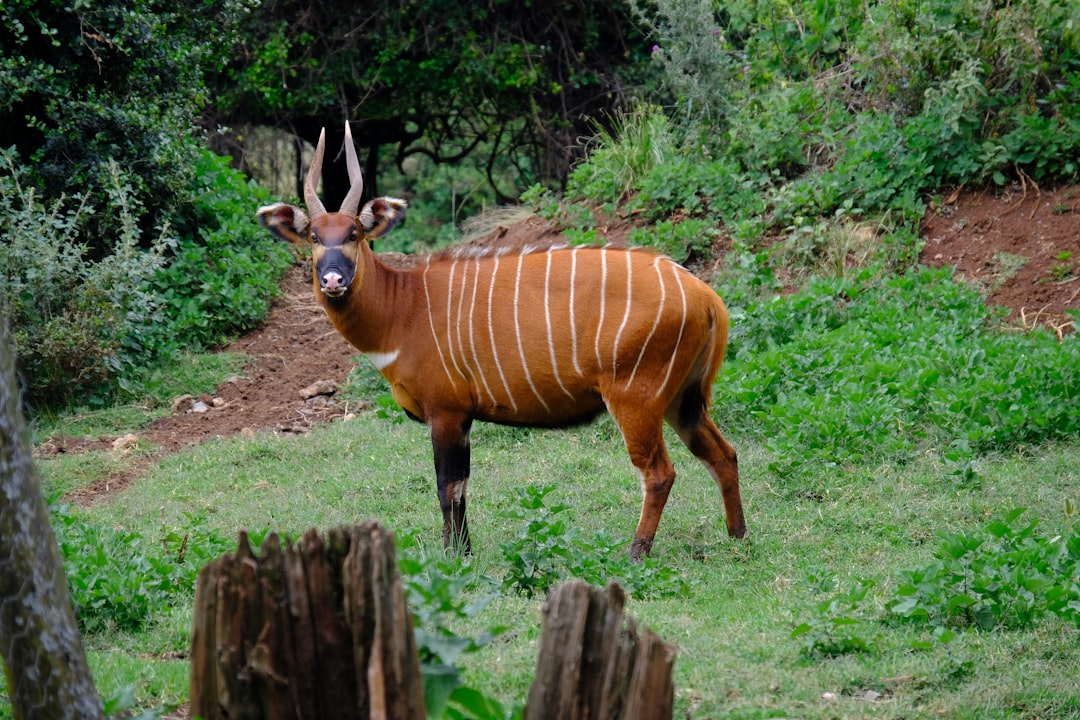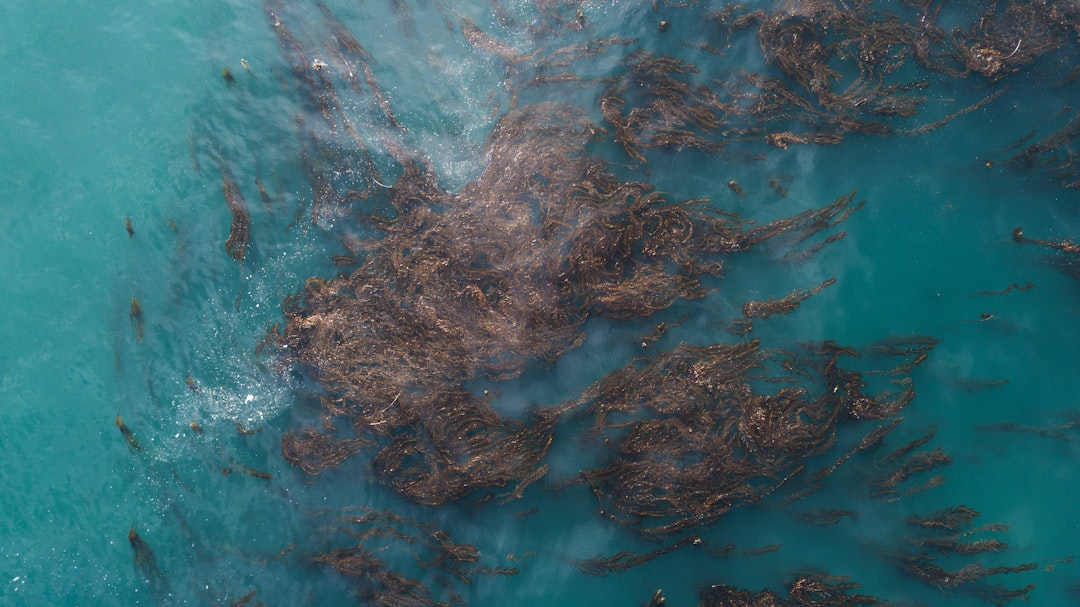What is it about?
Brain is one of the most expensive organs in vertebrate body. The energetic demand of brain tissue has therefore been considered an important determinant of brain size evolution. However, this hypothesis, the expensive tissue hypothesis (ETH), has so far been tested exclusively in birds and mammals. In this study, we investigated ETH in the teleost family Cichlidae using phylogenetic comparative methods.
Featured Image
Why is it important?
Our results show that increased brain size is associated with decreased gut size, increased parental care duration, and increased egg size. These patterns are remarkably parallel to those previously found in birds and mammals. Thus, the evolutionary process of accommodating the cost of expensive brain appears to be strikingly conserved across vertebrates.
Perspectives
I hope this article broadens the evolutionary neurobiologists' avian-mammalian centric view on brain size evolution.
Dr. Masahito Tsuboi
Universitetet i Oslo
Read the Original
This page is a summary of: Comparative support for the expensive tissue hypothesis: Big brains are correlated with smaller gut and greater parental investment in Lake Tanganyika cichlids, Evolution, December 2014, Wiley,
DOI: 10.1111/evo.12556.
You can read the full text:
Resources
Contributors
The following have contributed to this page










